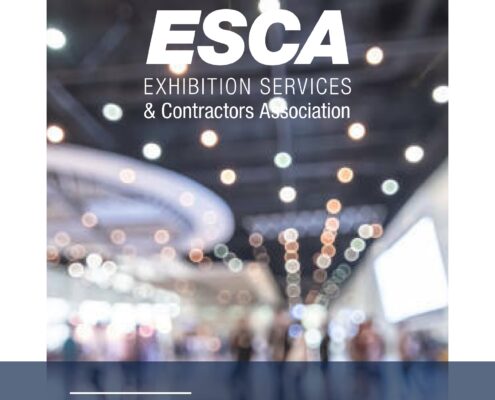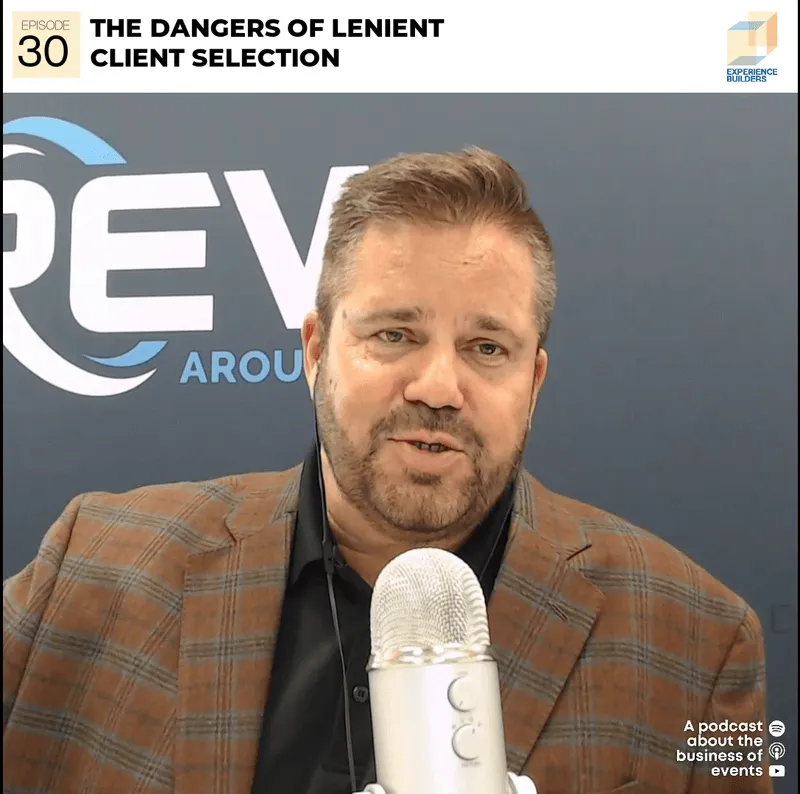When someone says “Italy,” so many things come to mind: pasta, pizza, wine, Venice, Rome, Florence, Milan, fashion and so on. Not many people think tradeshows, or as they call them in Italy: “Fiera”. The history of tradeshows dates back to the 1800s, but in all reality, tradeshows as we know them really picked up steam in Italy in the early 2000s.
 The Fiera District in Bologna dates back to 1888 and was inaugurated by King Umberto I with the consort Margherita di Savoia and the President of the Council Francesco Crispi. At this time and into the ’50s, Bologna lacked a real fair ground or building. It wasn’t until 1964 that the first stone was laid for a fixed center. In 1972, they added additional space and in 2002 even more. By the time they were finished, Bologna had 200,000 square meters (2,152,782 square feet) of exhibition space.
The Fiera District in Bologna dates back to 1888 and was inaugurated by King Umberto I with the consort Margherita di Savoia and the President of the Council Francesco Crispi. At this time and into the ’50s, Bologna lacked a real fair ground or building. It wasn’t until 1964 that the first stone was laid for a fixed center. In 1972, they added additional space and in 2002 even more. By the time they were finished, Bologna had 200,000 square meters (2,152,782 square feet) of exhibition space.
Fiera Milano Spa is currently the most important fair ground in Italy. The history of the fair grounds in Milan dates back to 1906 as the area of a World’s Fair. In 1923, the grounds moved to where they are now and over the years have added space with a newer western wing being added in 1997. The old fair grounds were partially dismantled between 2007 and 2008.
Tradeshows are also picking up in other areas of the country like Rome, Florence and Venice. If you haven’t been to a tradeshow in Italy yet, and you have a global presence, I expect you will be there soon.
Preparing for a show in Italy does have a few challenges. If you have a fall show, expect the month of August to be rather quiet. During this time, most of Italian businesses take a summer holiday for the entire month. While some companies do still operate, they will likely have a reduced work schedule for the month. Making sure you are buttoned up in July for a September show is a good idea. Also, make sure you give yourself plenty of time when requesting information and orders. Receiving an AV quote overnight is unlikely. Initiate items of that nature about two weeks before you actually need them. Often, responses to a request will come within a week and then another week for the actual estimate. Italians value their time away from work. Most businesses are closed for a couple hours in the afternoon just like the Spanish siestas.
Now that your show is planned and you are arriving in Italy, there are a few things to note. Taking a taxi is safe and practical. Some cities have better public transportation than others, so make sure to check for a train and bus schedule as well. If you arrive in Rome for a fair, I highly recommend the train to the city center, as the airport is a bit further out than other cities. A ticket is approximately 10 Euros. Once arriving in the city center, you can take a taxi, bus or metro to your destination.
Having cash on hand is always ideal, as credit cards aren’t as widely accepted as they are in the United States. English is also not as prominent in Italy as other European countries, so bringing a pocket dictionary or using Google translate on your phone is helpful.
prominent in Italy as other European countries, so bringing a pocket dictionary or using Google translate on your phone is helpful.
Build up and dismantle are nearly the same as most other European countries. Expect construction on-site, not nearly as much as in Asia though. Raised floors are common, as well as a paint finish and the use of systems like Octanorm. Paying for waste removal (left over pieces of your stand essentially) is common.
Having refreshments and snacks for meetings during the show are important, but elaborate kitchens and meals like in some places in Europe is usually not necessary.
Fiera halls are often smaller than halls in the U.S., but more of them make up for covering entire fair grounds. Walking outside to get from hall to hall is common. They do have hallways that interconnect the halls, but it takes longer to take those. If the weather is cold or rainy, either plan to bring a coat/umbrella with you or plan enough time to walk from hall to hall if you have meeting space outside your stand.
By the end of the show there are a few things that you must do before heading back to the U.S. First, make sure you try the local specialty. If you’re in Bologna, try the bolognaise! Second, try it with a bit of wine. You can never go wrong there. Finally, gelato from a gelato stand is a must. It is absolutely divine. Then, if you have time, see the amazing historical areas like the Coliseum in Rome or the Rialto Bridge in Venice.































